Key Takeaways
-
Distinct Appearance: Carpenter bees look like bumblebees but have smooth, shiny black abdomens, unlike the fuzzy appearance of bumblebees.
-
Wood-Drilling Habits: They bore round holes into softwood, creating nesting tunnels that lead to structural damage over time.
-
Seasonal Activity: Carpenter bees emerge and become active between March and June, primarily to mate and establish nests.
-
Lifecycle & Longevity: They typically live for one year, with larvae overwintering in tunnels and emerging as adults in spring.
-
Repetitive Nesting: Bees often reuse and expand old tunnels each year, compounding the damage to wooden structures.
-
Effective Pest Control: Professional treatment, early intervention, sealing tunnel entrances, and wood preservation help prevent severe infestations.
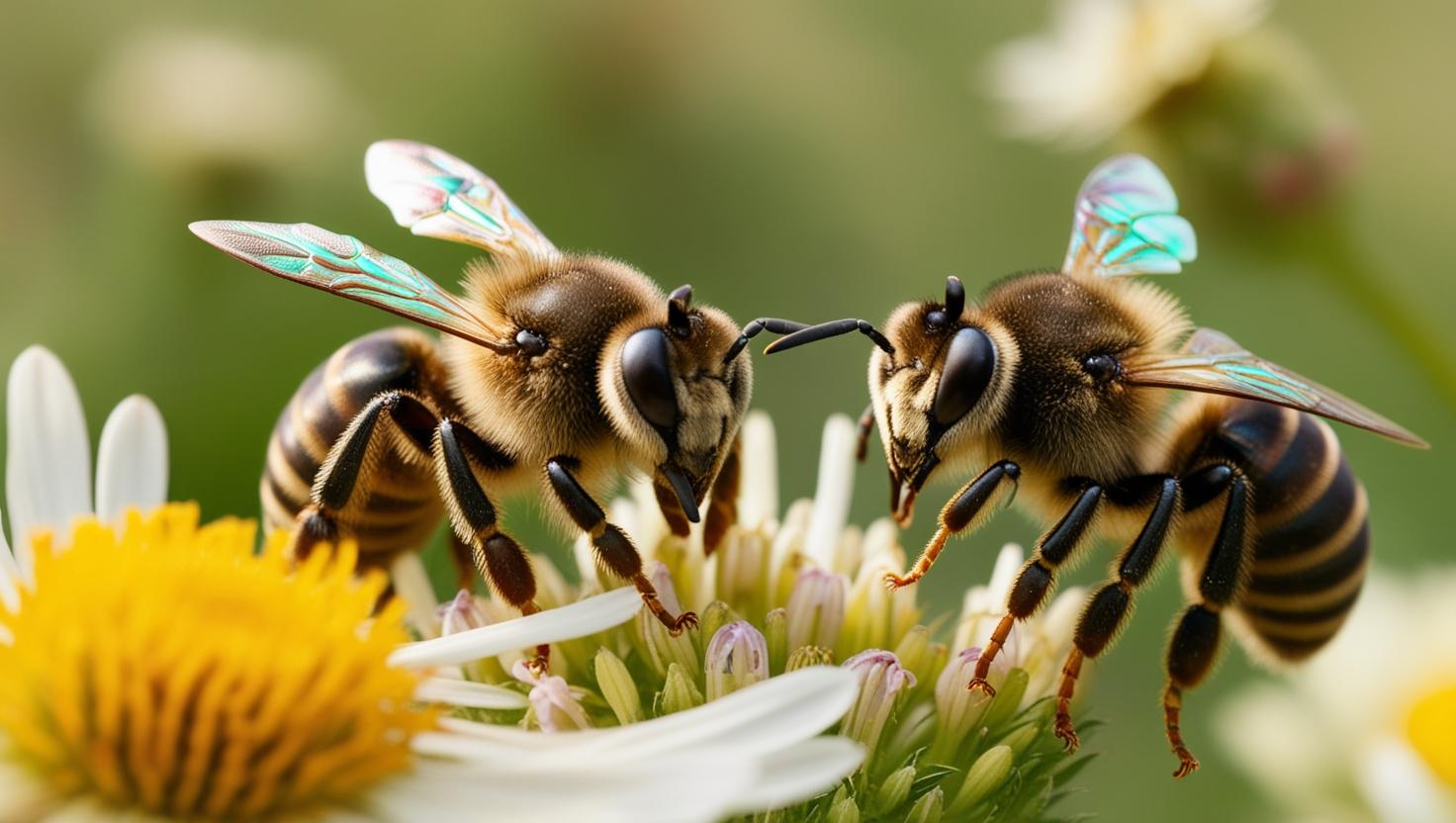 Carpenter bees are one of the most misunderstood insects, often mistaken for bumblebees. But unlike bumblebees, they have a unique talent for boring holes into wood, which can turn your deck, fence, or eaves into a nesting ground. Their habits raise questions like do carpenter bees sting, when is carpenter bee season and how long does a carpenter bee live,
In this article, we’ll cover 6 amazing facts about carpenter bees that every homeowner should know. Let’s get started.
Carpenter bees are one of the most misunderstood insects, often mistaken for bumblebees. But unlike bumblebees, they have a unique talent for boring holes into wood, which can turn your deck, fence, or eaves into a nesting ground. Their habits raise questions like do carpenter bees sting, when is carpenter bee season and how long does a carpenter bee live,
In this article, we’ll cover 6 amazing facts about carpenter bees that every homeowner should know. Let’s get started.
What is a Carpenter Bee?
A carpenter bee is a large, solitary bee that drills holes into wood to create nests. Unlike honeybees or bumblebees that live in colonies, carpenter bees work alone, with each female creating her own tunnel. Unlike termites, carpenter bees don’t eat wood, they carve it to create safe places for their eggs. They prefer softwoods like pine, cedar, cypress and redwood especially if the wood is untreated or weathered. Structures like decks, wooden fences and outdoor furniture are frequent targets. Carpenter bees play a positive role in nature as pollinators, but their nest-building behavior can cause significant structural damage to your home. Concerned about carpenter bees around your home? Schedule your Free Pest Inspection today, and let our experts identify and manage any issues quickly and effectively.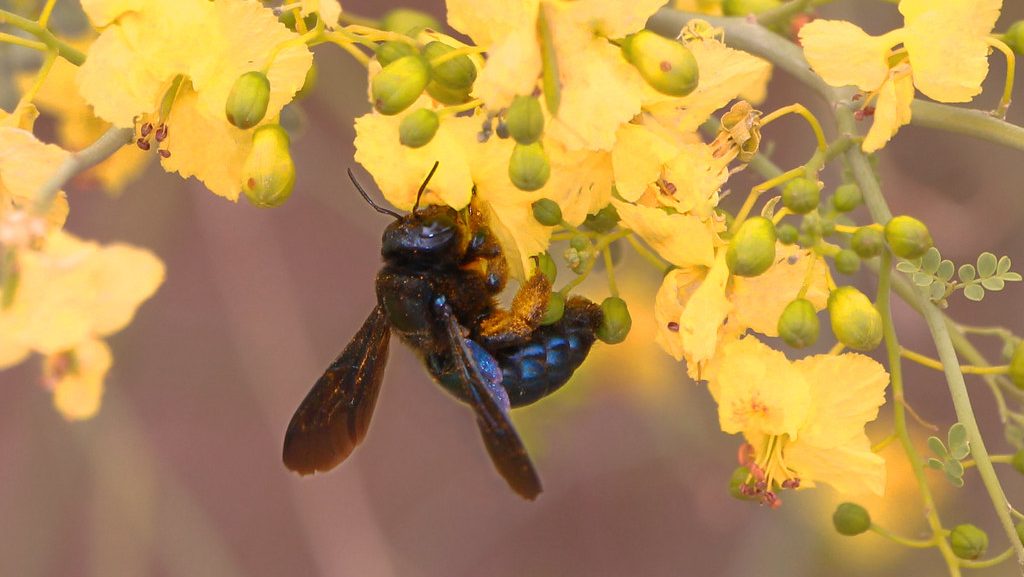

Not getting a solution?
Get your free pest control estimate today!What Does a Carpenter Bee Look Like?
Carpenter bees resemble bumblebees, but there’s one big difference: their abdomens. While bumblebees have fuzzy, hairy bodies, carpenter bees have shiny, smooth, black abdomens. They have large, bright yellow, orange, or white markings on their upper bodies. They are usually about 1 inch long, making them one of the largest bees you’ll encounter. Males tend to be territorial and hover around people or pets, but they can’t sting. Only females have stingers, but they rarely use them unless provoked.When is Carpenter Bee Season?
Carpenter bee season starts in early spring, as soon as the temperature rises. Typically, you’ll start to see carpenter bees from March to June, depending on the climate. During this period, female bees search for softwood to build their nests, while males hover nearby to protect the area. Spring is the most active time for carpenter bees because they are emerging from their winter hibernation inside the tunnels they built the previous year. This is also the time they mate, lay eggs, and carve out new tunnels for their young.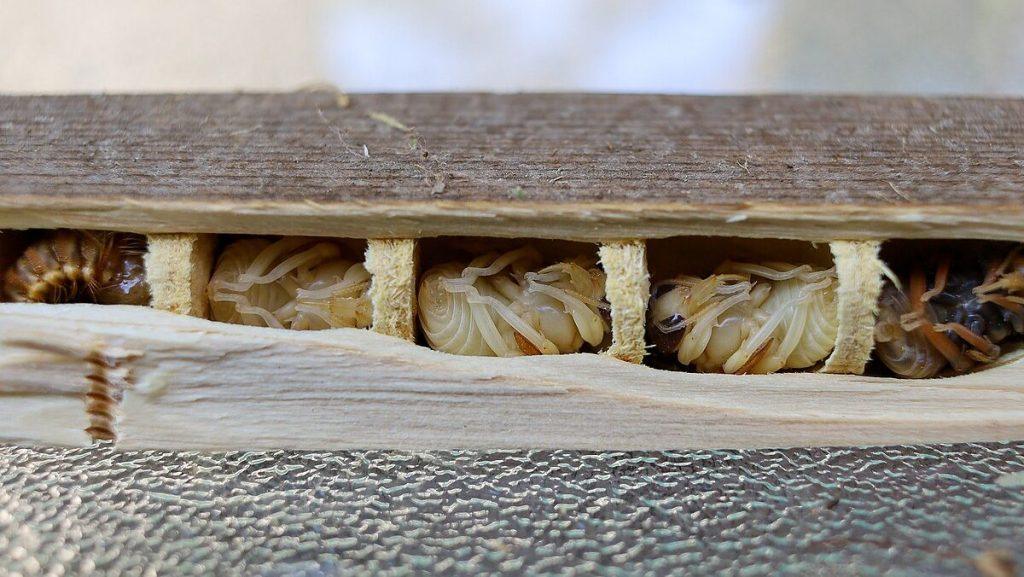
How Long Does a Carpenter Bee Live?
The lifespan of a carpenter bee is about 1 year, but their lifecycle is more complex. Adult bees that emerge in the spring are the same ones that hibernated in the tunnels during the winter. Once spring arrives, these adults become active, mate, and lay eggs in the tunnels. After that, they die. The next generation of carpenter bees stays inside the tunnels as larvae, growing throughout the summer and fall. They emerge as adults the following spring to repeat the cycle. This explains why carpenter bees often return to the same location year after year — their offspring inherit the same nest.Carpenter Bees are Nature’s Perfect Wood Drillers
Carpenter bees are master builders, creating tunnels with precision. Their entry holes are so perfectly round, they look like they were made with a power drill. These holes are about the size of a dime (1/2 inch in diameter). The tunnels don’t just go straight in — they branch out, sometimes stretching 6 to 12 inches in length. Over time, multiple generations of bees will reuse and expand these tunnels, increasing the damage to your wood. If you spot a perfect circle in your deck, fence or eaves, you may have a carpenter bee problem. Visit our Species, Carpenter Bee Control and DIY Guide sections for additional resources on carpenter bees and ways to tackle a carpenter bees infestation.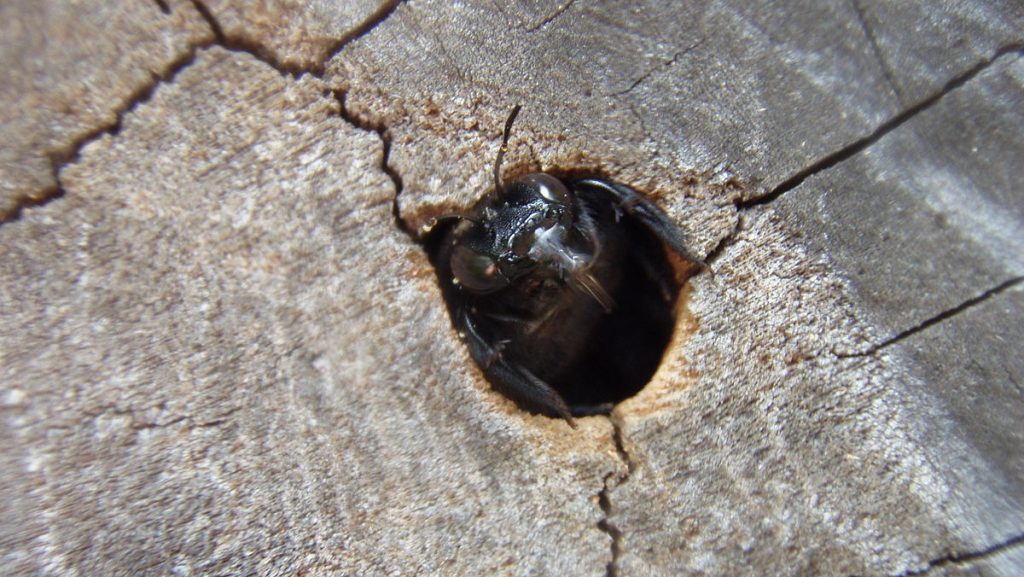
Carpenter Bees Return to the Same Nest Every Year
Once carpenter bees find a good nesting site, they tend to stay loyal. Female bees will return to the same wooden structures each year, reusing and expanding their tunnels. New carpenter bees born in the tunnels often return to the same spot the next spring to create nests of their own. This behavior explains why carpenter bee damage often seems to “get worse” each year. What starts as a small entry hole can turn into a large network of tunnels, weakening the wood. If you don’t address the issue early, you’ll be dealing with an even bigger repair bill down the road.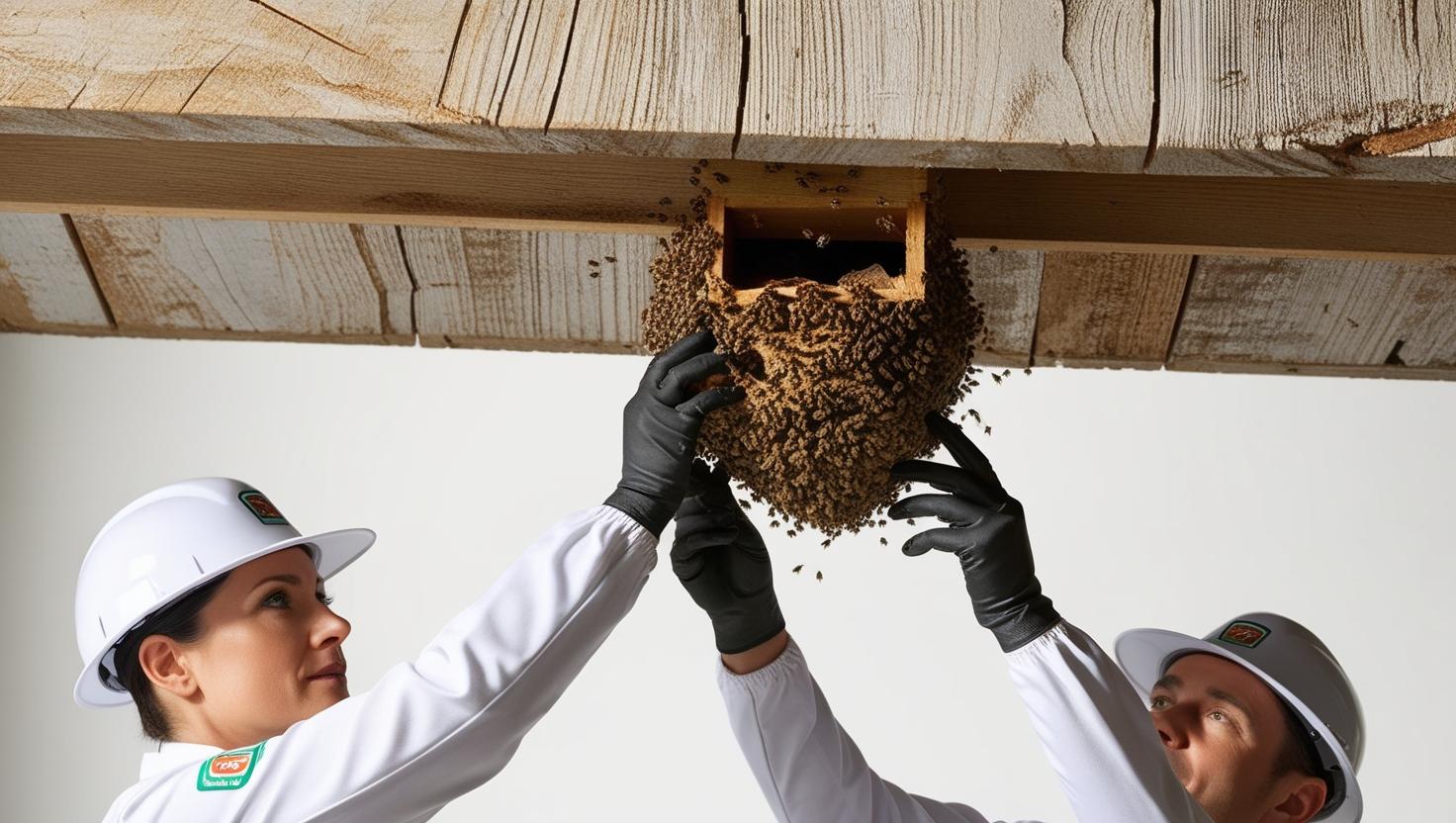
Why You Need Pest Control
Carpenter bees may be great at pollinating flowers, but you don’t want them drilling into your home. If you see small round holes in your deck, fence, or siding, it’s time to act. Carpenter bees don’t just create holes — they make tunnels that weaken wooden structures, and they return year after year if not properly addressed.How Our Pest Control Service Can Help
-
Bee Removal: We safely remove active carpenter bees from your property to ensure a bee-free environment.
-
Tunnel Sealing: We seal existing holes to prevent new bees from nesting in your home or property.
-
Wood Treatment: We treat wood surfaces with specialized products to make them less attractive to carpenter bees.
-
Damage Repair: We provide guidance on repairing structural damage caused by carpenter bees to maintain the integrity of your property.





